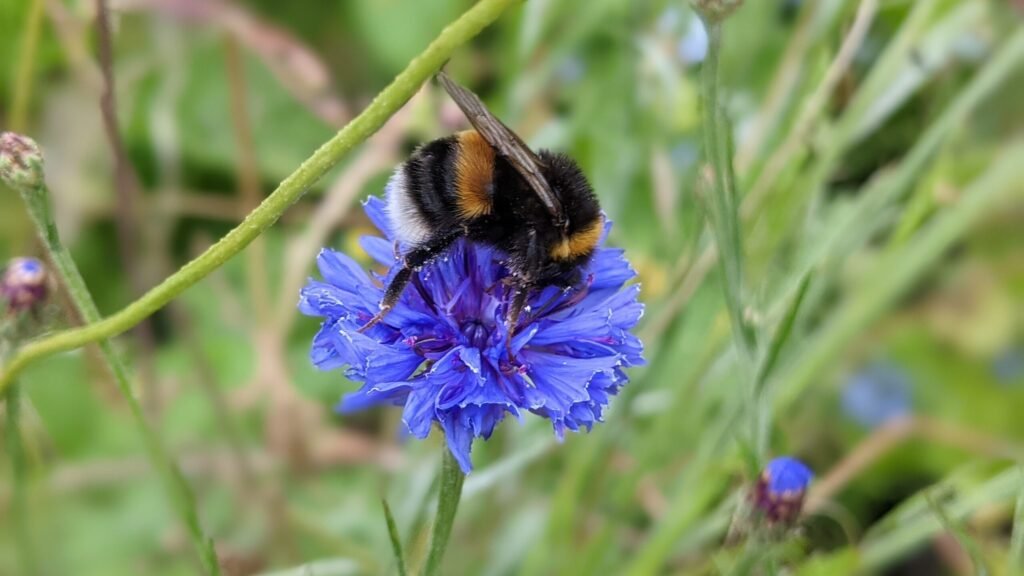
If you want to give your partner a floral token of your love for Valentine’s Day, it is of course tempting to buy a bunch of flowers from the supermarket. There are, however, many better options that don’t cost the earth.
First of all, why shouldn’t you buy cut flowers in supermarkets and petrol station forecourts, especially now? Well, have a look in your garden. Although your garden is full of life, it is mostly hidden and there are very few flowers that you would want to put in a vase. It will also take another four months before the first rose appears. The vast majority of flowers sold here now are grown in countries around the equator and are flown in.
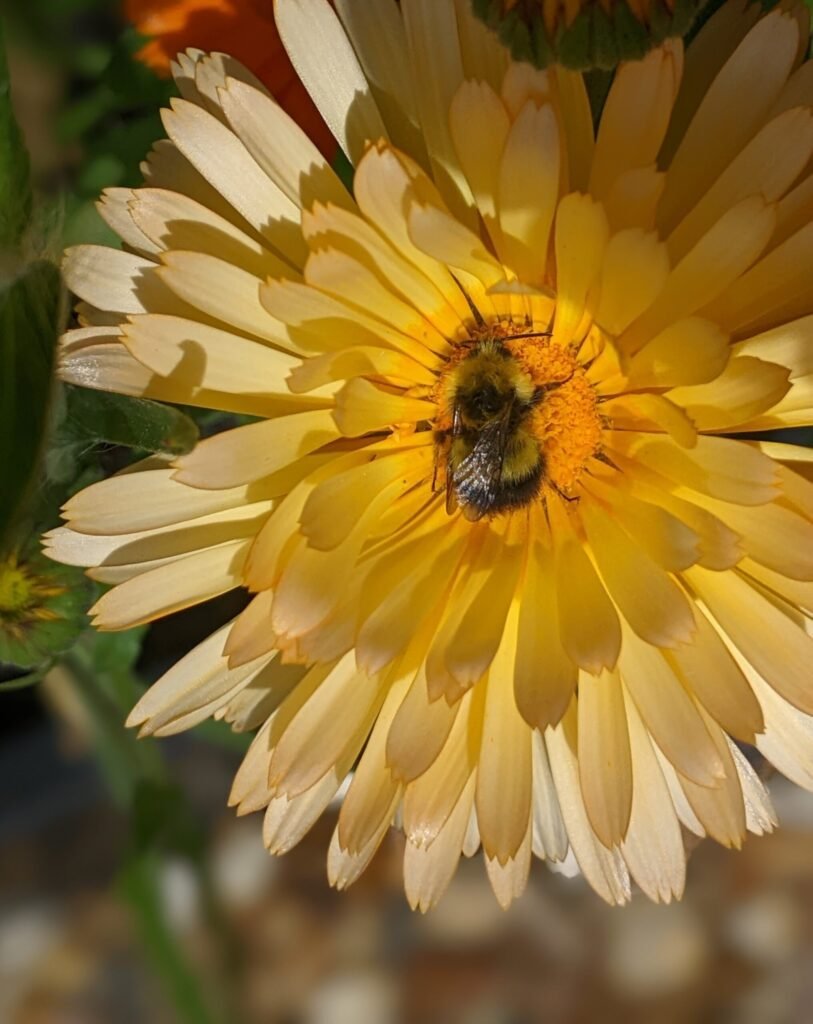
In addition to the airmiles, these flowers are often grown under conditions that have a huge impact on the environment from the (over)use of chemicals to irrigation. For example the water levels in Lake Naivasha in Kenya are lower each year due to huge amounts of water being used by the cut flower farms. The Columbian rose industry has also made a name with regards to its bad treatment of workers. (See article here). The article reports that in peak-season (ie Valentine’s day) people work more than 100 hour weeks and the chemicals used have been linked to birth defects.
So what is the green and sustainable alternative? Luckily there are many!
1Snowdrops
Quoting the Catholic saint, Therese of Lisieux “If every tiny flower wanted to be a rose, spring would lose its loveliness.” There are several spring flowers that are great gifts and the snowdrop, that little herald of spring, is one of them. If you give some snowdrops in a pot, nicely gift-wrapped, they can be planted out in the garden where they will multiply and come back every year.
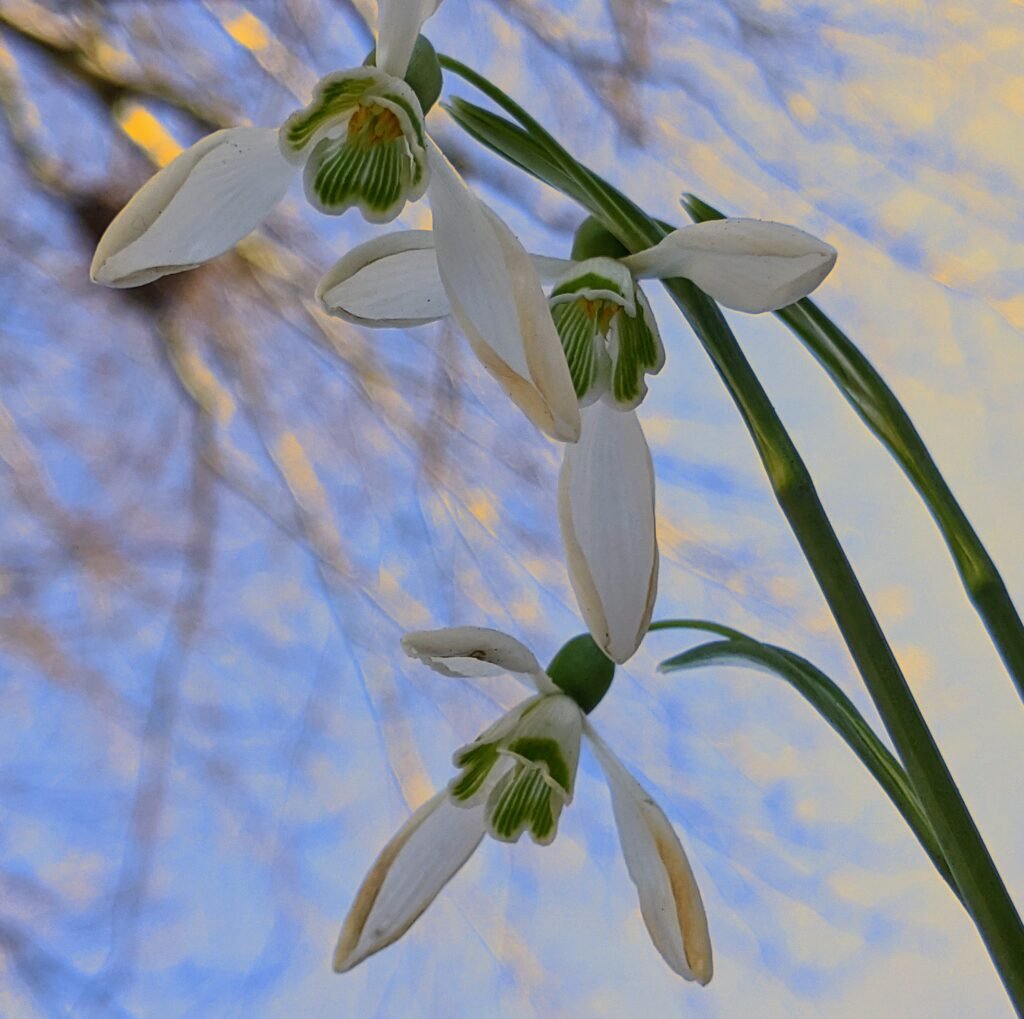
All the snowdrops that I have planted out “in the green” are thriving in my garden, whereas none of the bulbs have actually taken. There are about twenty species of snowdrops and hundreds of varieties and cultivars. Some are rare and expensive. So with a bit of effort you can give “not just” a snowdrop.
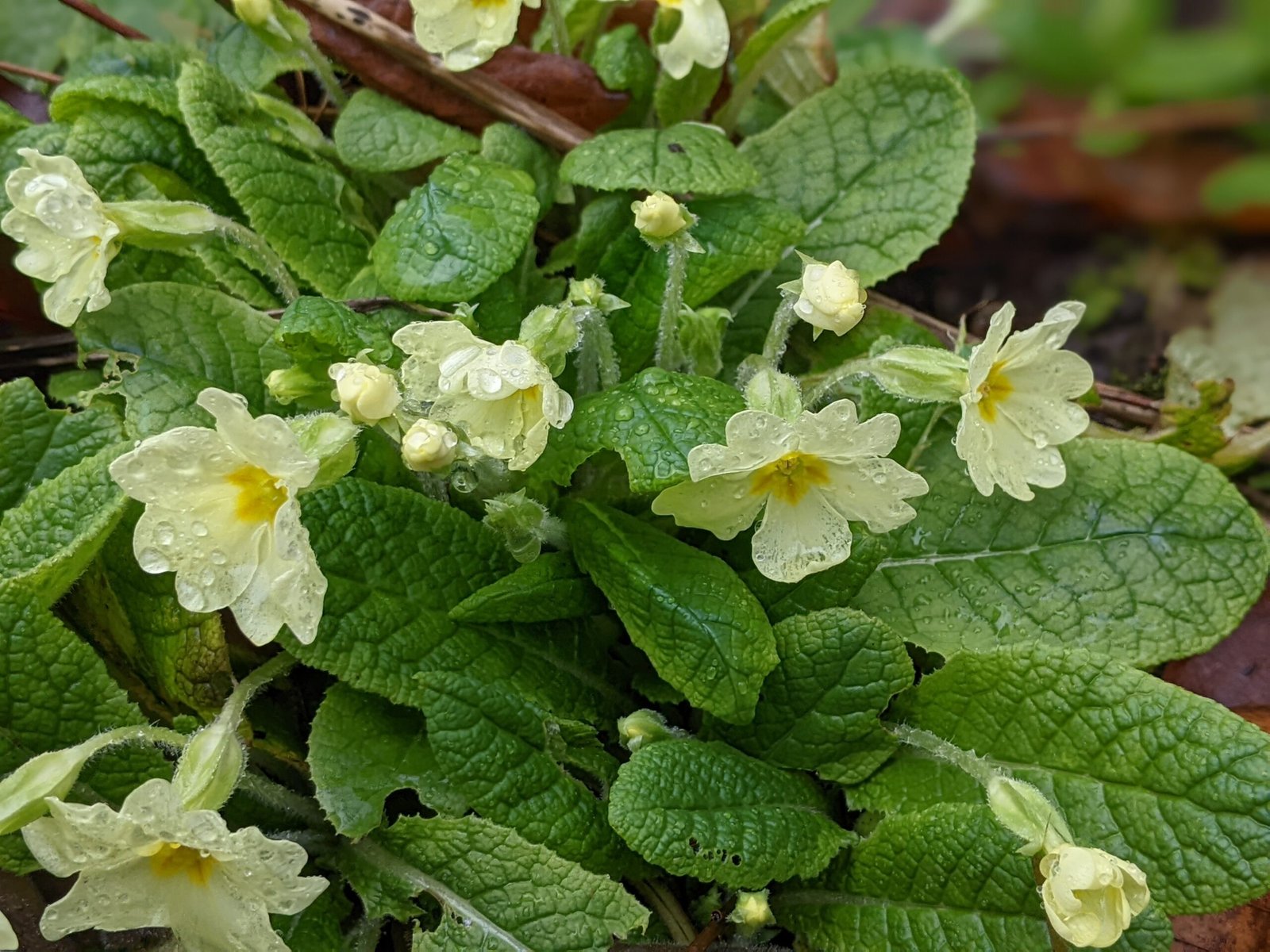
2Primroses are my second love when it comes to spring flowers, primula vulgaris, the wild one, that is, not the brightly coloured hybrids that just die after flowering. Give the native primrose a nice outdoor pot and it will sit by the front door for a month or so, showing off its soft yellow flowers and being a food source for early pollinators.
Then plant it out in the garden and you’ll enjoy them forever more as they quickly start to self-seed. Hugh Fearnley-Whittingstall has a “Champagne and primrose” jelly recipe, so that can be on the menu next year.
3Hellebore
You can never have enough hellebores in your garden and I will personally heartily welcome any gifts of them. There are some really amazing (and not particularly cheap!) varieties. The Mediterranean hellebore has cream and old-pink flowers and there are some astonishingly coloured ones from dark purple to bright red.
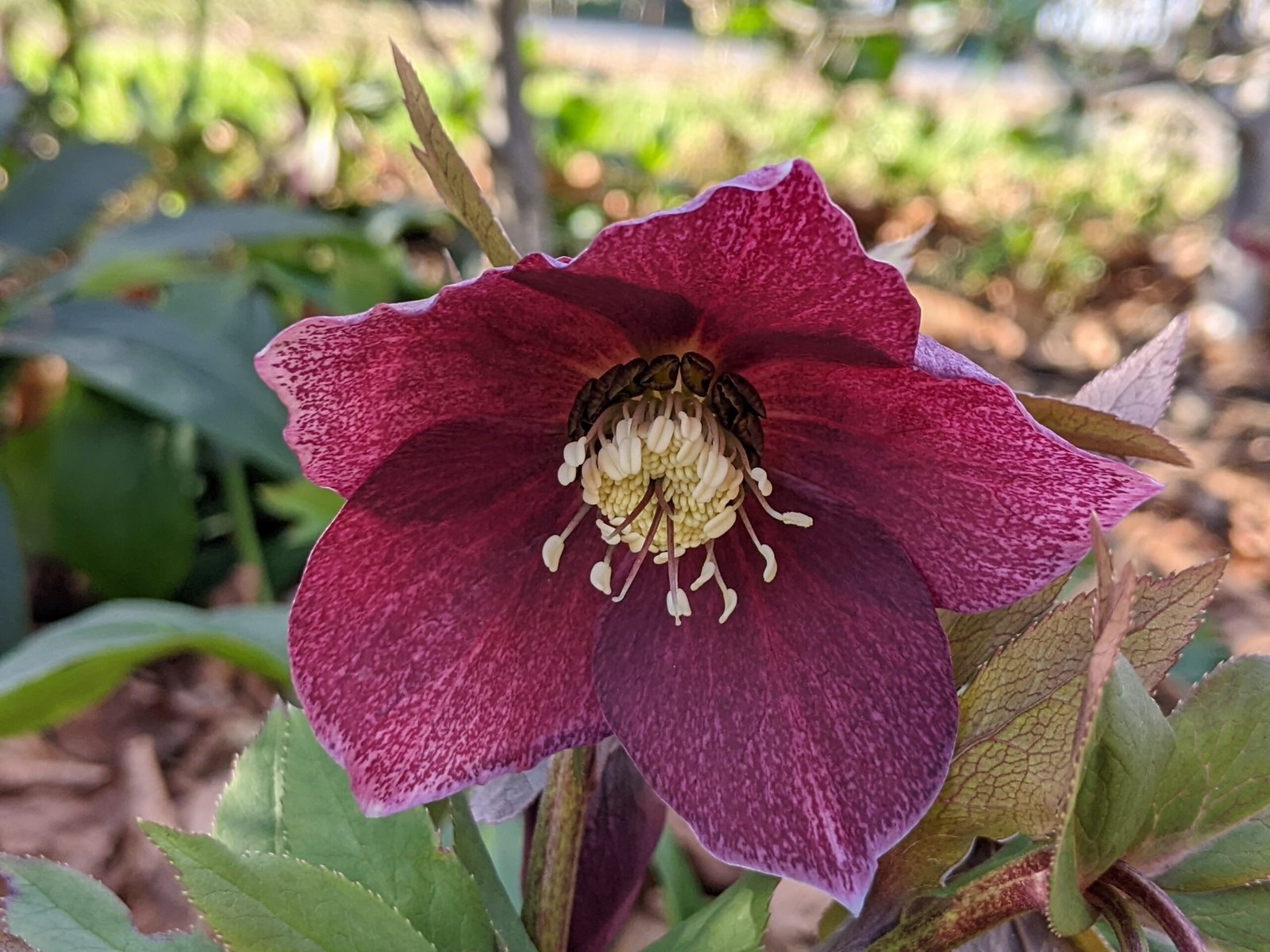
Also don’t discount the double varieties which are as loved as the single varieties by early bumble bee queens as the pollen are not hidden behind any petals.
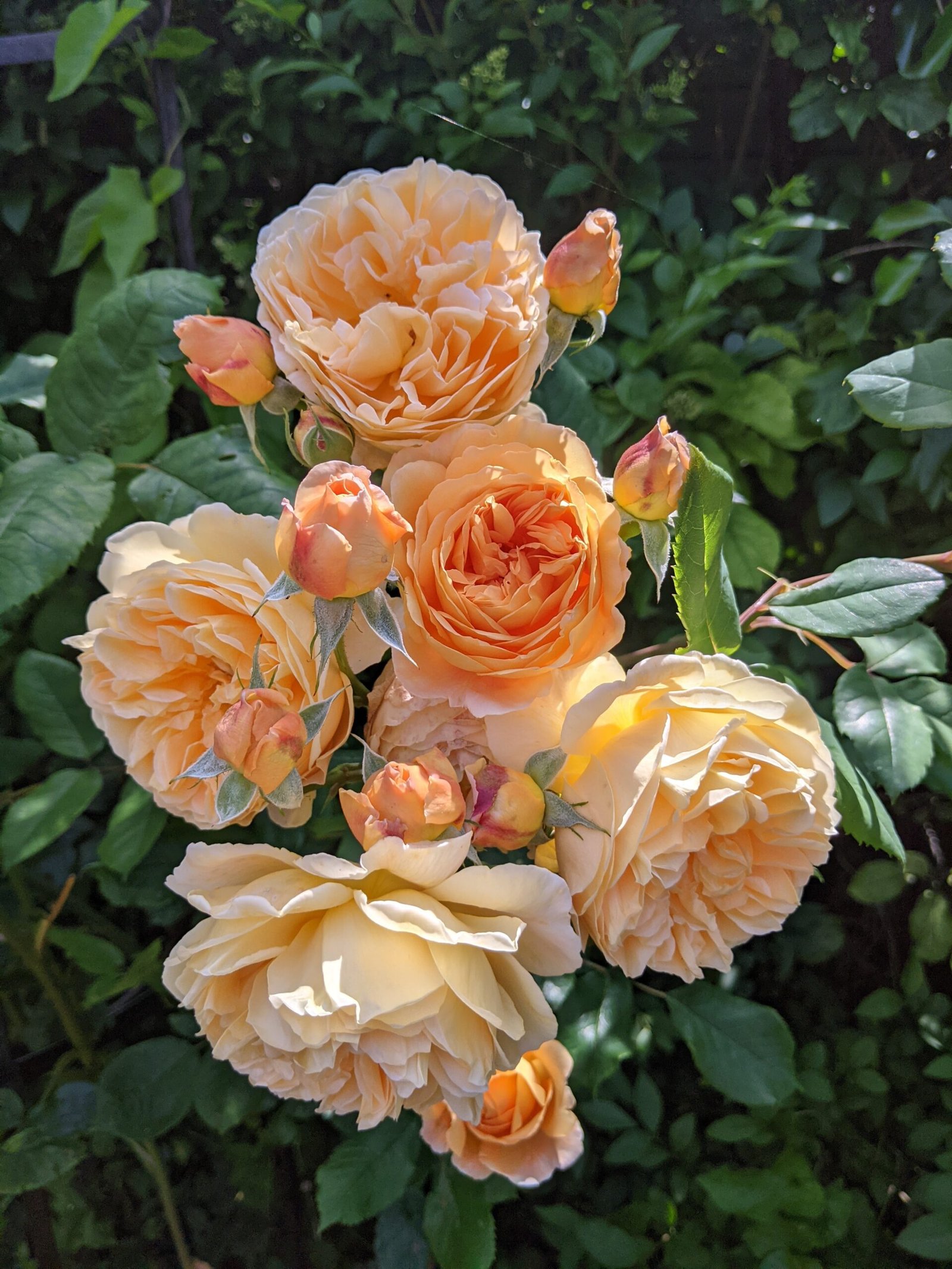
4Rose
Certainly you can buy roses for your partner, but buy a plant rather than an actual bunch of flowers. I prefer to plant roses bare root in the winter. A bag with what looks like a few sticks and roots isn’t very romantic, but think of all the roses that it will produce in the years to come. You can choose one for its looks or scent, or one for its name. How about “The Lady Gardener” or “Blue for You”.
5Prepared bulbs
Both paperwhites narcissus and hyacinths have a gorgeous scent and for that alone they are worth buying. Garden centres and good florists also sell these, often in a desirable pot. These are grown in greenhouses nearby so don’t clock up any airmiles. Once they have finished flowering, you can plant them out in the garden to enjoy them again next year. Just buy some prepared bulbs yourself in the autumn for the pot and you can repeat the process again.
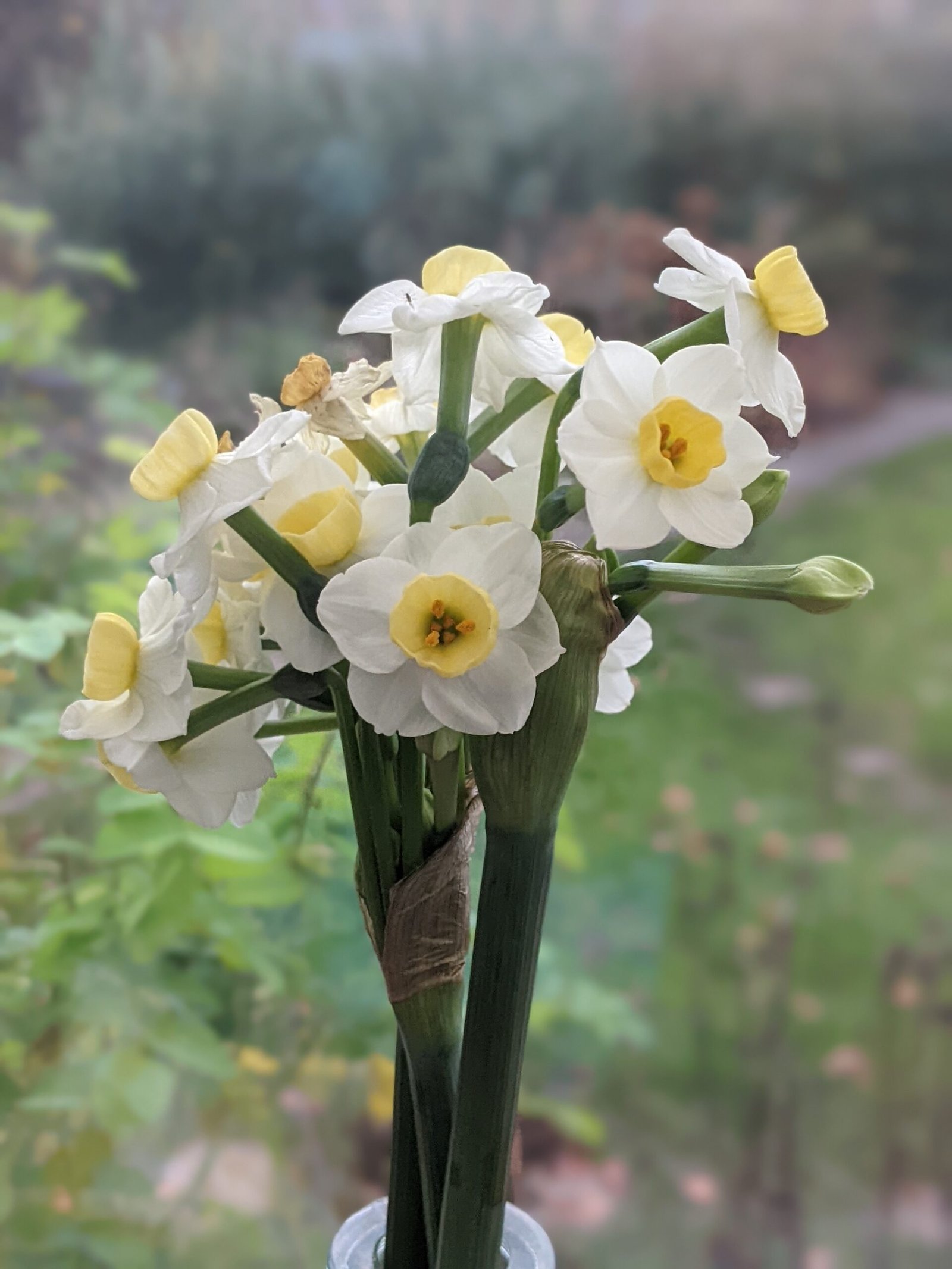
6Plant with your partner’s name
This of course will not be possible for everyone, but it may be worth an hour on the internet. For example, there is a dahlia called ‘Abigail’, a rose called “Chris”, a penstemon “Laura” and an amaryllis ‘Marilyn’ .
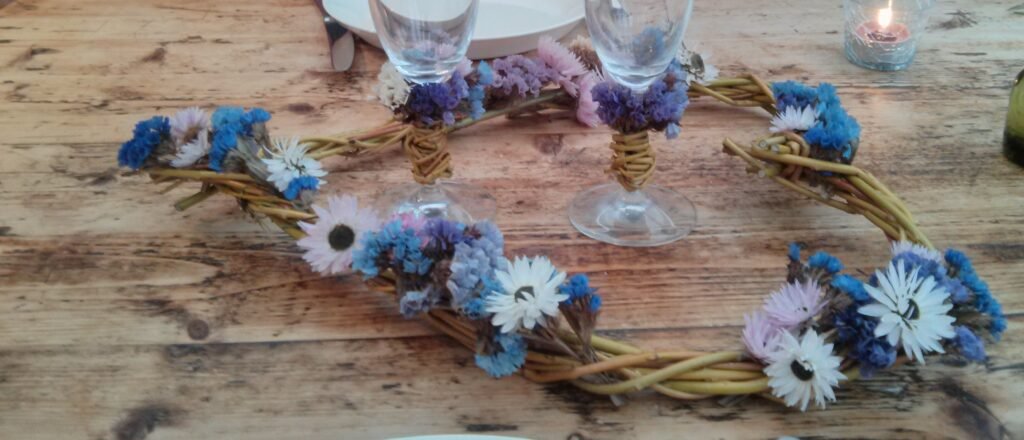
7Everlasting flowers
With the advent of flowers from overseas dried flower bouquets have disappeared from our houses. Undeniably they have decorated our homes in the winter for centuries. Have a look at Etsy and you’ll find some gorgeous bouquets made by artists who have kept the tradition going. How about you make a plan for next year to grow your own flowers for drying. You then surprise your loved one with a bouquet you have grown and made for them. Now that’s a whole bunch of dedication and love.
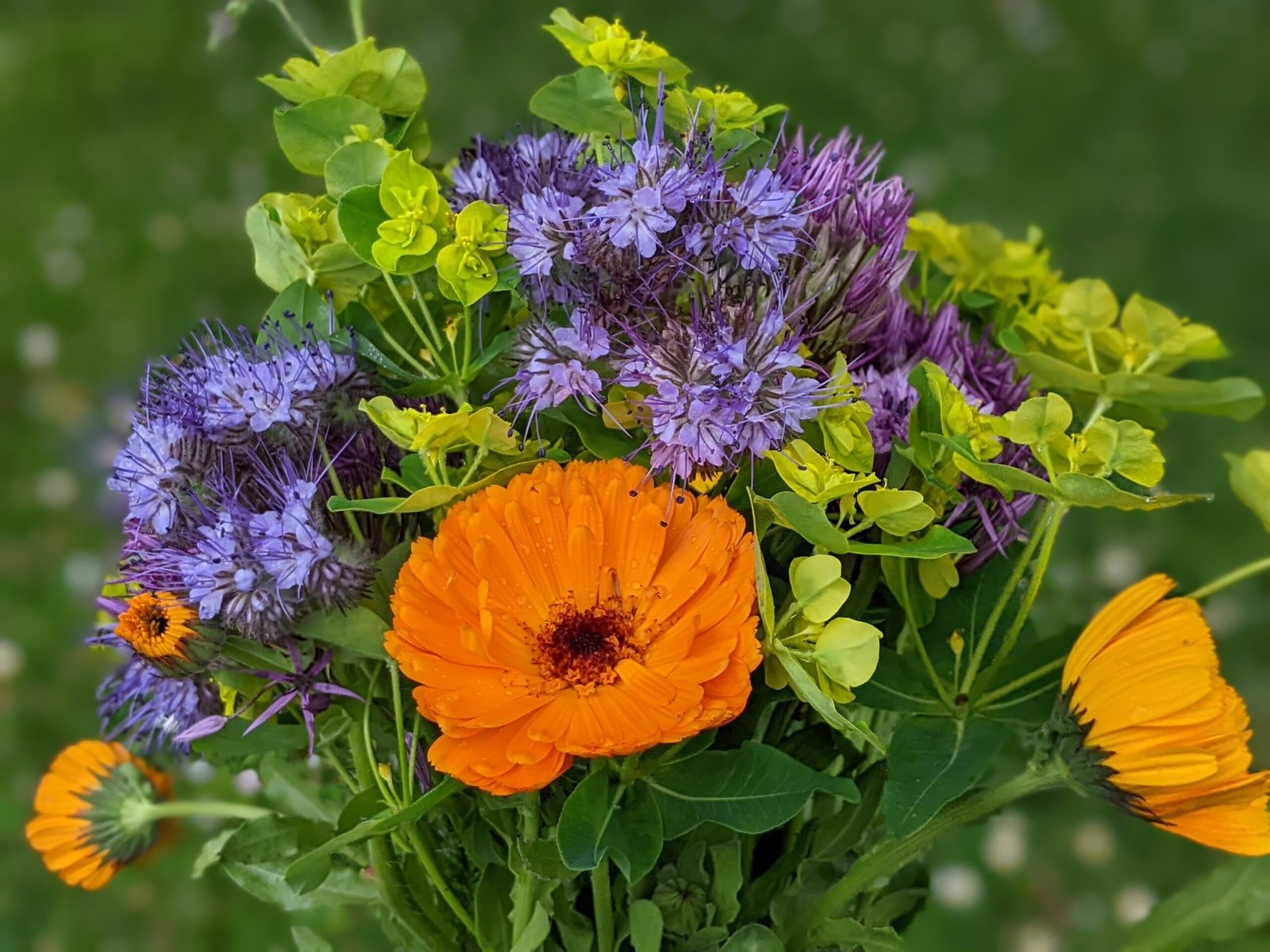
8Cut flower seeds
Is your partner into gardening? Treat them with a lovely range of cut flowers to grow from seed this year. You’ll be giving them a lot of joy and many bouquets all in one.
9Lamprocapnos ‘Cupid’
Lamprocapnos (Dicentra) grows puffy heart shaped flowers on long stems. Under each of the flowers hangs a protruding different colour petal that looks like a drop. Hence the common name for the plant is bleeding heart. Plants are sold now as bare roots and they will flower in May. “Cupid” has soft-pink flowers. There are others like the red “Valentine” or if your partner is a chemist “Sulphur hearts” may be the one to get. Lamproncapnos likes a border that is a bit shaded and they will come back year after year.
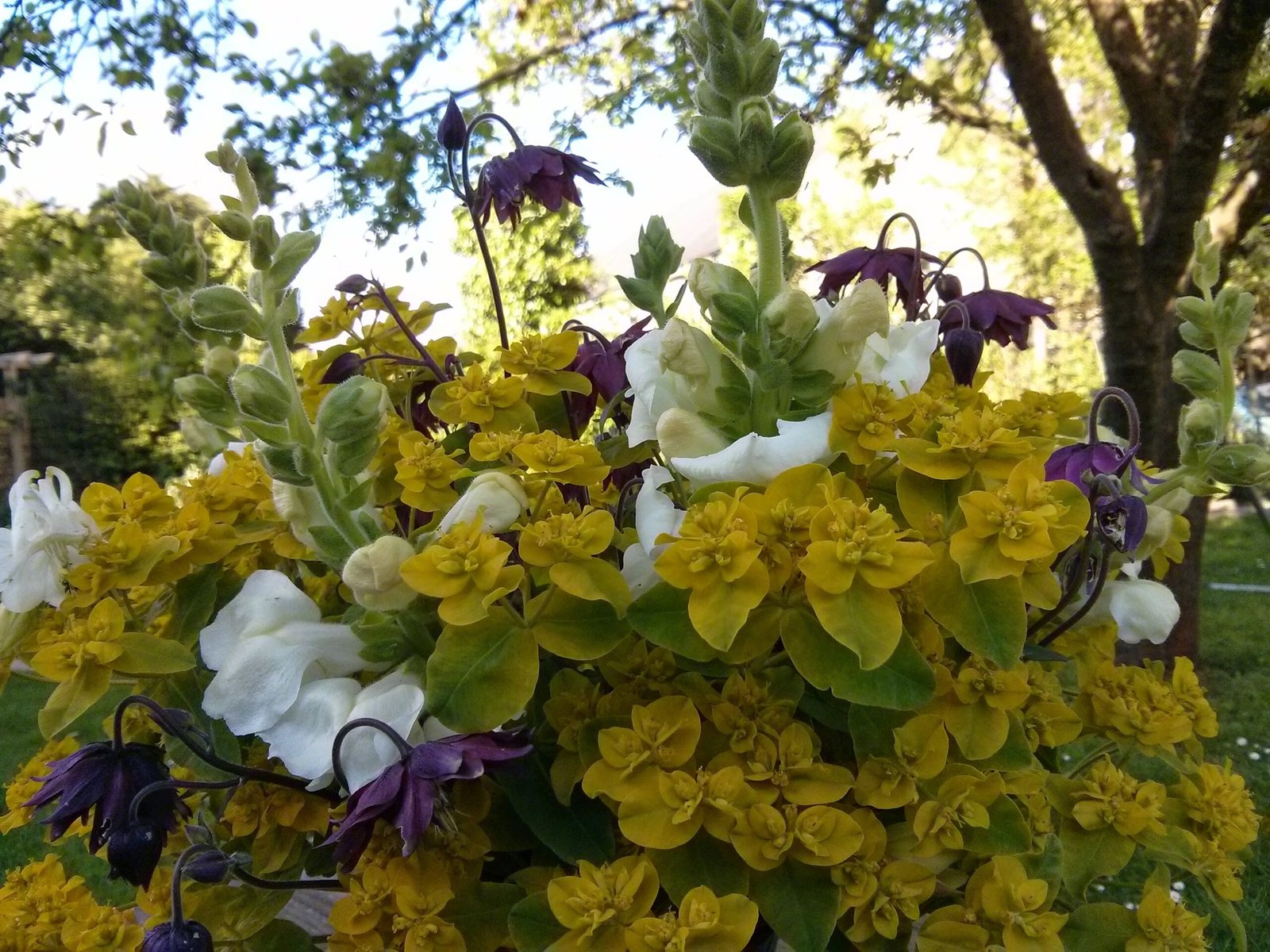
I have stopped this list at number nine, but it’s not hard to think of a few more. You too can come up with some alternatives to the standard bunch of flowers, and no doubt your efforts and thoughts will be much appreciated.
Happy Valentine’s Day!
